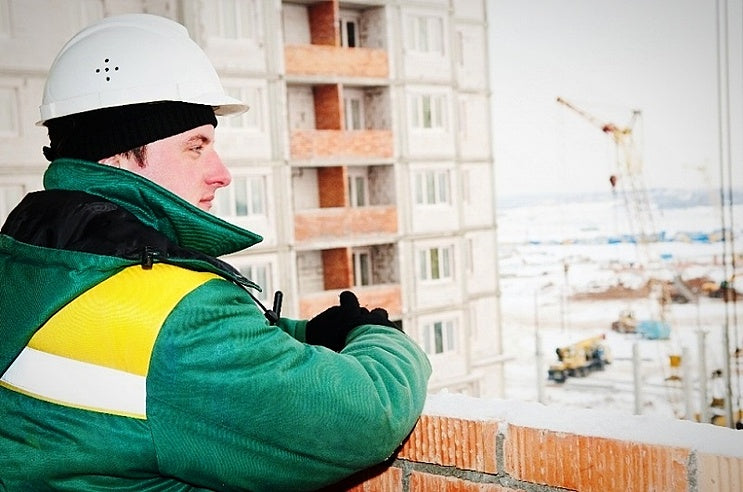
Facility managers have many responsibilities keeping their buildings safe for visitors, customers, and employees. These tasks range from monitoring elevator safety to fire alarm maintenance, to watching for problems caused by faulty plumbing and electrical wiring. The common denominator of all these tasks is that they involve concerns inside the building. The fact is, some of the most hazardous conditions that need strict attention arise not in the building itself, but from snow and ice on the surrounding grounds. Here’s what’s at stake if proper care is not taken to prevent slip and fall injuries in wintery weather.
Catastrophic lawsuits that can break an organization
Decisions made by business owners are generally directed at improving the bottom line, but failure to recognize the need to guard against snow-and-ice related accidents can lead to devastating financial consequences. For this reason, it is essential that facility managers keep decision-makers well informed about the risks of being too cavalier about snow and ice injury prevention.
Slip and fall injuries often result in long, protracted litigation that can drain an organization’s resources. When a veterinarian slipped on icy conditions outside a motel in Waterbury, Massachusetts, it took six years for the case to finally go to trial. The jury award? Two million dollars. If you add onto that figure six years of legal bills, you can quickly see how devastating even one injury can be to an organization’s assets.
Insurance alone is not the answer
Your business liability insurance will shoulder some of the cost of such injuries, and not every case will result in million-dollar losses, but even smaller claims can deeply affect your organization’s bottom line.
According to the CDC, more than 800,000 people a year are hospitalized for fall mishaps, often resulting in head injuries or hip fractures. The cost of hospital treatment for these injuries averages more than $30,000.
The problem your organization is likely to face is that the insurance payout for these claims may not even cover the cost of the medical treatment. According to a study performed by industry giant, The Hartford, the average insurance payout for a slip and fall injury is only $20,000. If you add the cost of lost wages and other less quantifiable damages such as pain and suffering, it’s easy to see why some of these injuries are resolved not with insurance claims, but in the courts.
Increased insurance premiums for filing claims
Filing insurance claims are inevitable for every business, but over time, these claims can lead to rising insurance costs. According to the Insurance Information Institute, insurance companies will generally increase your premium a certain percentage for each claim above a specific dollar amount set by the company. Keeping in mind the tremendous medical costs incurred by victims of snow and ice injuries, raised premium costs are a valid concern for organizations to consider.
Business interruption doesn’t just apply to snowstorms
Business interruption is usually thought of as a consequence of catastrophic weather conditions, for example, having to shut down a facility due to a snowstorm. But business interruption can also occur in more subtle ways. If your facility is a supermarket, a big-box store, or other business that brings in a lot of pedestrian traffic, you may find that even a simple slip and fall injury on your premises will effectively cut into your profits.
Suppose an elderly person were to slip on your parking lot and break a hip. Employees will be taken away from their duties to render help. An ambulance will be called, blocking traffic entrances, possibly causing people to rethink their shopping trip. Over the next few days and weeks, insurance adjusters and other investigators will visit your facility, taking pictures and measurements, again meeting with your staff, who would otherwise be engaged in tasks for which they were employed. The undeniable fact is that injuries on your property take away valuable resources and cut into your profits.
The cost of losing valuable goodwill
A final factor to consider when evaluating how much effort and resources should be spent on preventing snow- and ice-related slip and fall injuries is to consider the deleterious effect these injuries can have on your facility’s reputation in the community.
Goodwill is an essential part of every organization’s value. Noted businessman Marshall Field (1834-1906) made famous an important maxim: “Goodwill is the one and only asset that competition cannot undersell or destroy.” Word gets around quickly in communities about unsafe facilities, and unfortunately, a slip and fall accident can spread like wildfire, damaging your organization’s respect.
Not every accident can be prevented, but snow-and ice-related slip and fall injuries on your property can be greatly reduced by taking simple, inexpensive steps that make your facility a safer place for your visitors, customers, and employees.

